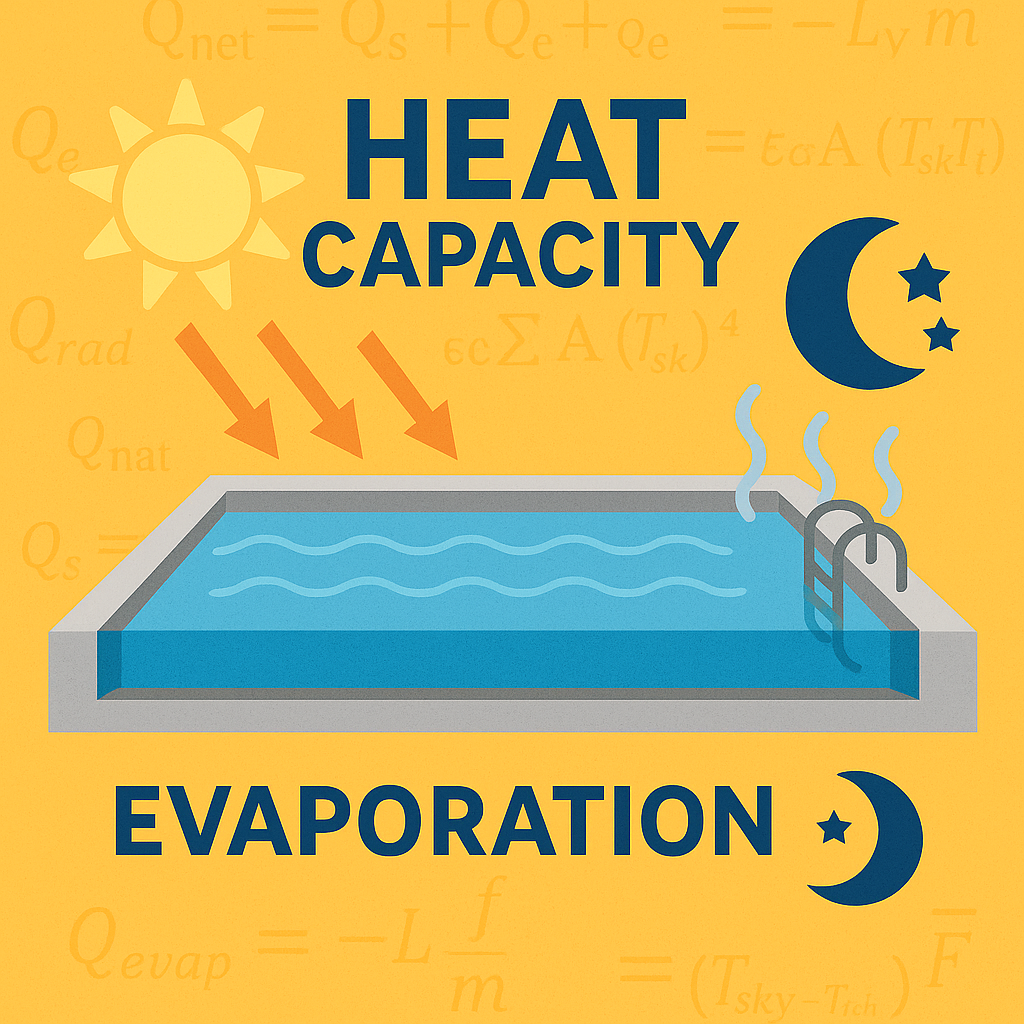
Every summer, it feels like a small miracle when the pool finally warms up enough to swim. In Nevada, where the air temperature can sit above 100°F (38°C) for weeks, you’d expect the water to keep pace. Yet, somehow, it takes forever to warm, and only a few cool nights can undo all that progress.
The same phenomenon shows up in a stick of butter. Butter melts quickly, while margarine stays stubbornly firm even under the same heat. That’s not coincidence; it’s thermodynamics.
The butter versus margarine comparison is a staple example in nutrition science. It shows how the proportions of fat, water, and solids affect how much energy it takes to change temperature. Butter, with more fat and less water, heats up and melts quickly. Margarine, full of water and unsaturated oils, absorbs more energy before softening because water’s specific heat is much higher.
“A pool in the desert and a stick of margarine in the kitchen both tell the same story: water resists change.”